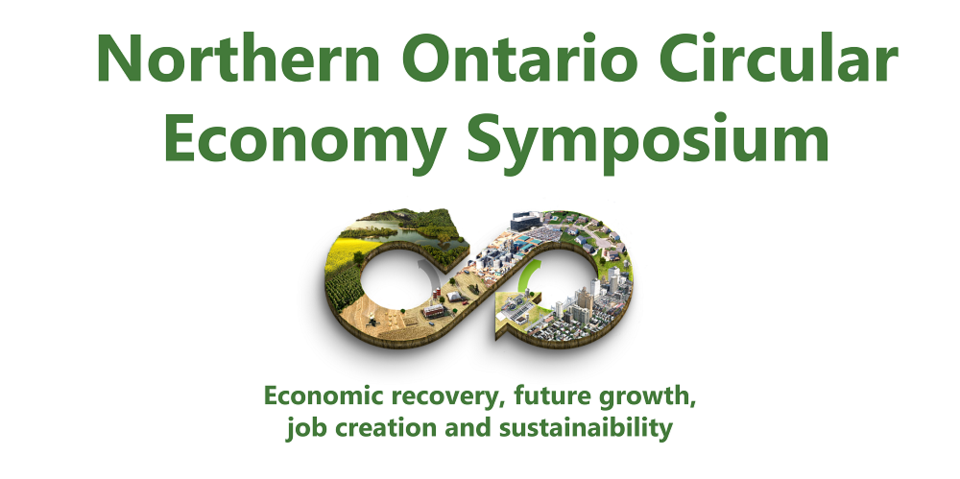January 26, 2021 | Aaron Henry
On January 19, 2021 speakers from Canada and abroad came together to speak about current and future opportunities of a circular economy in Northern Ontario. A circular economy refers to a system that reduces waste by reusing material in the creation of new products.
Aaron Henry, who is the Senior Director for Natural Resources & Sustainable Policy at the Canadian Chamber of Commerce, spoke to natural resources opportunities in the context of a circular economy and the market. In his presentation, there were several key considerations that arose:
- There are several drivers that we need to pay attention to when discussing circular economy: scarcity, biodiversity loss prevention, structural changes such as trade policy and finally, other jurisdictions are pursuing circularity and we need to ensure Canada has a market share as well.
- There is opportunity for Canada to leverage the commodity boom on minerals as they are used in electronics and other clean technologies.
- Multiple circular economy solutions exist in the mining sector such as bacterial oxidization which captures cobalt in pyrite-rich tailings. At the moment, cobalt exchanges hands for about $23,000 per tonne in US dollars, and so being able to apply that technology effectively is a significant advantage.
- Circular economy examples also exist in the forestry sector such as pulp and paper mills capturing leftover wood fibre and using that to sell to the brick industry or utilizing leftover cellulose fibres to create a multipurpose product that can have applications across numerous industries.
There are several policy drivers that we need to consider: expanding the definition of clean to include technologies that create greater circularity in the reuse of products and materials to ensure that they’re eligible for the same financing and tax deductions that are currently available to clean technologies in other sectors; exploring cases where circular projects can pass the test of additionally and reduce emissions, and those should be written into Canada’s offset protocols as they come out; and, a need to consider building more frameworks that allow for the recovery of our resource products to ensure that those products can be reused. There might be some room here to consider subsidies put in place for the recovery of materials per tonne.
